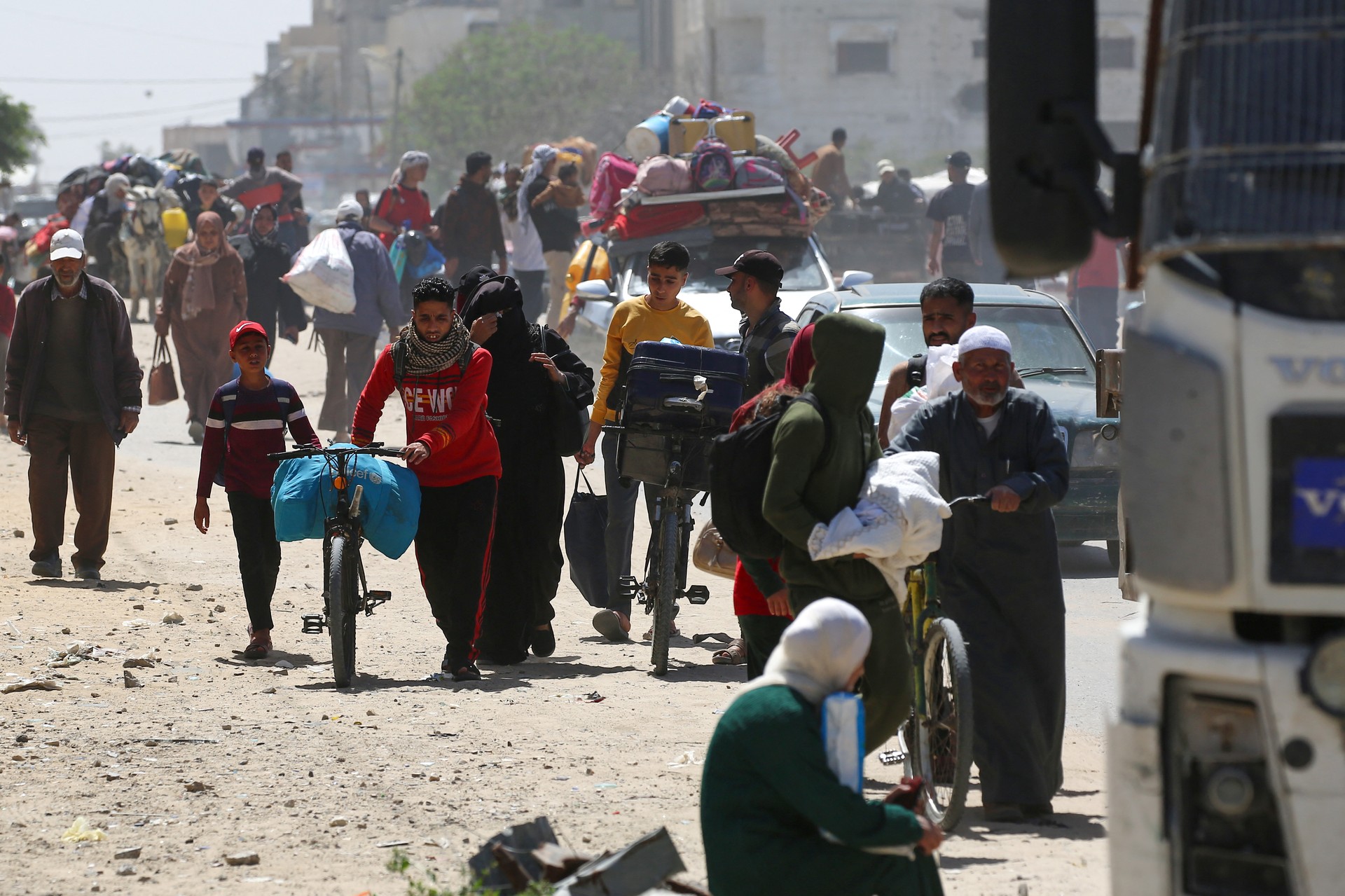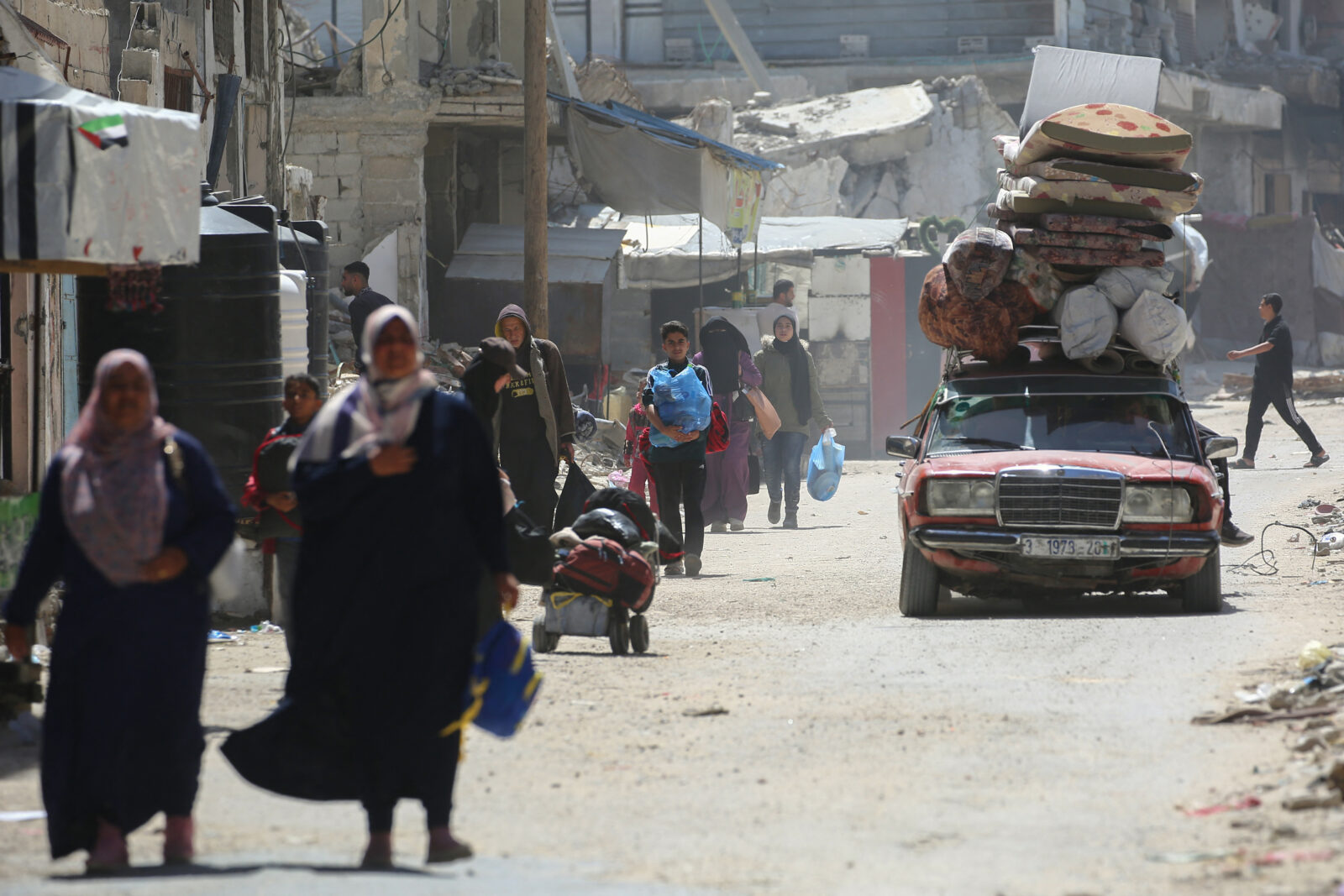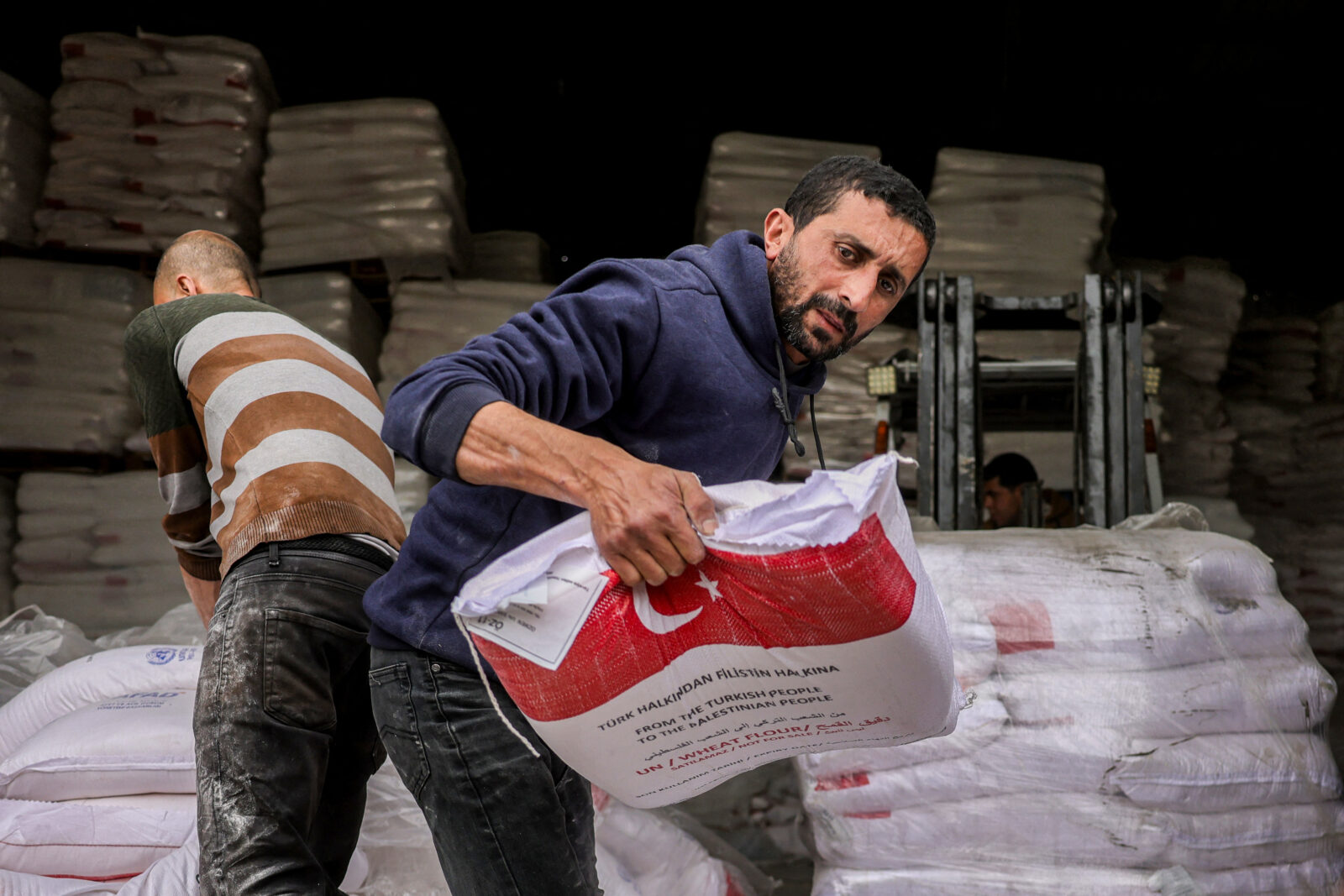
As Israel widens its evacuation orders across the Gaza Strip, thousands of Palestinians are once again forced to flee in search of safety, many for the eighth or ninth time since the war began in October 2023.
The latest wave of displacement follows Israel's renewed military campaign, which resumed on March 18, effectively ending a two-month ceasefire.
According to the United Nations, over 140,000 people have been newly displaced since the ceasefire collapsed. Aid groups say many more have been forced to move in recent days amid expanded evacuation zones.

Since Israel broke a two-month ceasefire with renewed airstrikes and ground assaults on March 18, large swaths of Gaza City, Khan Younis, and Rafah have been subject to evacuation orders.
According to the United Nations, more than 140,000 people were displaced again by March 23, with tens of thousands more reportedly fleeing in the days that followed.
“This is our eighth time fleeing,” said Ihab Suliman, a former university professor who left Jabaliya on March 19. “There is no longer any taste to life. Life and death have become one and the same for us.”
With crossings sealed since early March and no fuel entering Gaza, movement is increasingly difficult. Many families are evacuating on foot, taking only basic items like bread and blankets.

The Israeli blockade has halted the entry of tents and essential supplies, forcing displaced families to crowd into ruins or makeshift shelters.
The World Food Program (WFP) announced it has shut down all 25 of its supported bakeries in Gaza because of a lack of flour and fuel.
“The hot meal program will last only two weeks at most,” WFP warned. The agency is also distributing its final food parcels this week.
“There are no tents, no places to live or shelter, or anything,” said Khaled Abu Tair, who fled Khan Younis with his family on a donkey cart carrying bread and blankets.

The continuous cycle of displacement has pushed many to their limits. Some are choosing to stay despite the risks.
"I refuse to leave the house no matter the circumstances," said Noor Abu Mariam, who has been displaced 11 times and is now back in Gaza City. "I am not psychologically prepared to relive those difficult days."
During the cease-fire, hundreds of thousands returned to damaged homes or set up tents near rubble, hoping to rebuild. But renewed violence has shattered those hopes, forcing another round of exodus.
"Children and their parents are just worn out physically and mentally," said Rosalia Bollen, UNICEF’s communication specialist. "Relocating health and nutrition facilities amid collapsing aid is absolutely draining."

According to the Norwegian Refugee Council, many shelters are so overcrowded they are turning families away. In the southern coastal area of Muwasi, where hundreds of thousands previously sheltered, tents are now unavailable.
"People are trying to put absolutely anything between themselves and the sky at night," said Gavin Kelleher, the council’s humanitarian access manager in Gaza.
The humanitarian situation continues to deteriorate, with aid agencies urging for immediate access to deliver food, fuel, and shelter materials.

Since early March, Israel has kept all Gaza border crossings closed, blocking the entry of food, fuel, and humanitarian aid.
On March 26, the World Food Program (WFP) announced it had shut down all 25 of its supported bakeries in Gaza because of a lack of flour and fuel.
UN spokesperson Stephane Dujarric rejected Israeli claims that enough food exists in Gaza, calling the assertion "ridiculous."

Israel is currently under investigation by the International Criminal Court, which issued arrest warrants in November for Prime Minister Benjamin Netanyahu and former Defense Minister Yoav Gallant for war crimes and crimes against humanity.
Israel also faces a genocide case at the International Court of Justice.